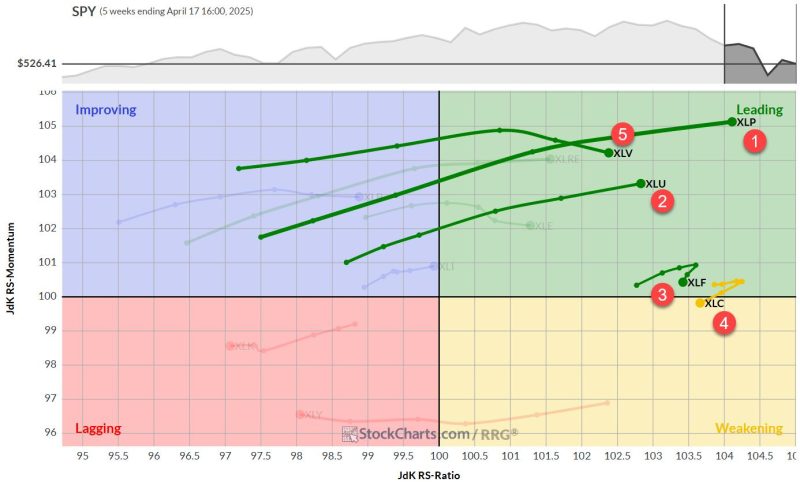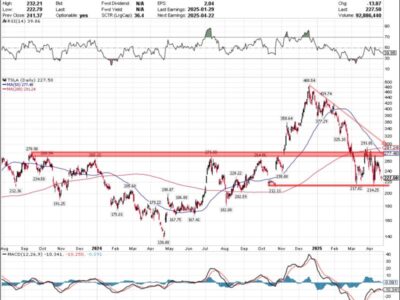
New numbers from the Census Bureau’s mini‐census, the American Community Survey (ACS), show that Americans had started panicking over a small increase in total immigration. The new data show that:
the immigrant share of the U.S. population rose just 0.3 percentage points from 13.6 to 13.9 percent from July 2021 to July 2022;
the total immigrant population—legal and illegal—grew less than 1 million during that time;
despite the increase, the number of immigrants was nearly 2 million immigrants lower than the Census Bureau’s 2017 projection for 2022;
over the last decade, the United States has seen the slowest growth in the immigrant share of the U.S. population since the 1960s;
the immigrant share is growing slowly, even while the United States faces the lowest total population growth in its history.
Figure 1 shows the immigrant share of the U.S. population from 2000 to 2022, as of July 1 of each year. The share increased by 1.5 percentage points from 2000 to 2007 before dipping in 2008 through 2009 as the housing bubble burst and employment fell. The share then rose again by 1.2 percentage points through 2017 to 13.7 percent before plateauing during the Trump years (note that 2020 ACS data used experimental weights due to the COVID-19 pandemic and are not comparable).
Under President Biden, the immigrant share rose again to 13.9 percent. The Census Bureau in 2017 projected that by 2022, 14.3 percent of the U.S. population would be immigrants. The gap of 0.4 percentage points between the actual and forecasted immigrant share means that the immigrant share grew at a third of the rate that the Census Bureau expected from 2017 to 2022.
Figure 2 graphs the total immigrant population from 2010 to 2022. It shows that the actual immigrant population was about 46.2 million, compared to the Census Bureau’s 2017 projection of 48.1 million—down 1.9 million people. The Census Bureau estimated that the number of immigrants would increase from July 2017 to July 2022 by 3.6 million when, in fact, it increased by less than 1.7 million.
Immigrant population growth was below expectations every year until 2022, when it exceeded the Census Bureau’s projection for the first time. Note that the Census Bureau ACS data include illegal immigrants.
The failure to meet projections resulted from declining immigration growth rates for several regions. European immigrants declined in absolute numbers from 2017 to 2022, while they held steady from 2012 to 2017. Asian immigrant population growth was 1.5 million lower in the more recent period than the earlier period. Latin American immigrants and African immigrants also grew at slower rates. Only Oceania and Northern America (Canada and Greenland) saw small increases in their growth rates since 2017.
The broader historical perspective is key as well. Figure 3 shows the immigrant share of the U.S. population at the start of each decade since 1960. The increase in the immigrant share of the population from 2012 to 2022 was the lowest for any decade since the 1960s when it declined. The 2012–2022 growth was just 0.7 percentage points—less than half the growth from 2000 to 2010. The growth in the immigrant share is down by 76 percent since the 1990s. In global context, the United States ranks in the bottom third of wealthy countries for its immigrant population share.
What’s particularly remarkable about the slower growth in the immigrant share of the U.S. population is that the U.S. population overall is growing at the slowest rate in U.S. history. Because Americans are having fewer children, each immigrant should have a bigger effect on the immigrant share of the U.S. population than in earlier decades, yet even though the U.S. population growth rate has declined by about 90 percent from its peak, the immigrant share is inching upward at the slowest rate in a generation.
This slower population growth creates a litany of economic challenges for the United States, as I explained in my recent testimony to the US Senate. Right now, America’s politicians seem far more concerned about the supposedly unsustainable increases in immigration than the massive worker shortage, the collapse in the worker‐to‐retiree ratio, and the catastrophic loss of skilled workers from the United States to China and other countries.
America needs people in both the short and long term, and it needs workers of all skill types. Immigrants can help, and they should be allowed to do so legally.








